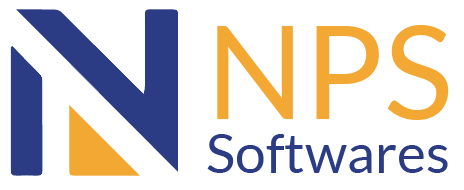
Mobile App Development
With NPS Softwares , the mobile app development methodology is unique. Because we have been trying to get enterprise web applications to mobile. Developers should have in-depth knowledge of the SDKs of each platform to create an app’s UI that adheres to externally evolved user interface pointers. This challenge is combated by using Flutter’s ability to provide a unified user interface layout and experience across systems. Using Flutter’s integrated GUI editors, developers can easily create and customize their app’s consumer interface without tremendous manual coding. These GUI editors are designed to be user-friendly and intuitive, allowing developers to visualize and create their app’s interface effects. Additionally, Flutter’s GUI editors have integrated functions that limit bugs and mistakes inside the user interface. For instance, Flutter’s interface builders encompass features like the computerized code era, which reduces the probability of human errors in the UI implementation. This method allows coders to have functionality and common sense of their apps rather than wasteful effort and time on the complexities of each platform’s UI development.
Another noteworthy framework to mention is Ionic. It is an open-source framework that utilizes web technologies such, as HTML5, CSS, and JavaScript to extend the capabilities of platform mobile applications. With Ionic developers can create apps that seamlessly run on platforms by leveraging their existing web development skills.
Each of these frameworks has its strengths and considerations depending on the requirements of the project. When choosing the cross-platform development framework factors such as performance needs, time constraints, developer expertise, and target audience should be taken into account.
Cross-platform development refers to the creation of software applications that can operate on platforms, including iOS and Android using a code base. This approach offers advantages like cost and time savings since developers no longer need to build applications, for each platform.
These frameworks empower developers to streamline their workflow by writing code and deploying it across platforms. They offer libraries, tools and community support which contribute to development cycles and reduced maintenance efforts.


